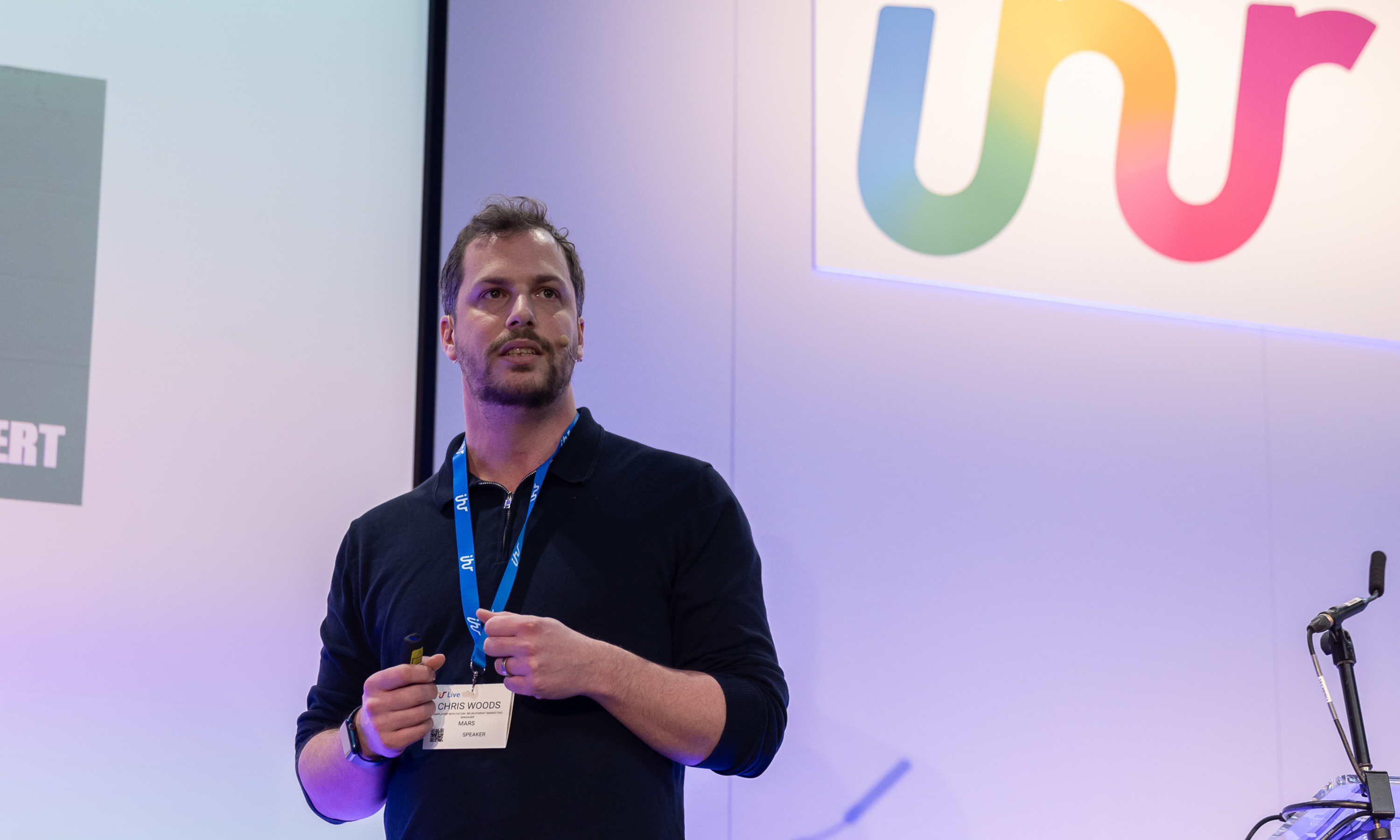With almost one in five employees likely to change jobs within the next twelve months, developing a strong Employee Value Proposition (EVP) is essential for organisations to retain and attract staff.
At our recent Employer Branding Conference, we heard from Dr. John Hamilton, People Director at Bellrock – a leading provider of technology-led property and facilities management services – on creating an EVP from scratch. Post-event, we heard more from John on the challenges and benefits of building a strong employer brand.
Q. How do you plan to use your new EVP and identity to increase diversity at Bellrock?
The EVP connects to our People vision that Bellrock aims to be a business that people choose to work and stay here for a long time – and that applies equally to everyone. As such the EVP needs to project that vision in the imagery and language we use in the employer brand. By way of example our new careers website is using tools to assess the language we use to avoid prospective employees being unintentionally discriminated to disadvantaged in the way we attract and retain talent – ensuring it isn’t gender biased and actively encourages interest from under represented employee groups.
Q. What was the key point where you got senior leaders to really ‘get’ the need for EVP?
The key point for us was making the direct connection between the challenges in attracting and retaining talent and the lack of employer brand to articulate our EVP to both current and prospective employees. What our Board wanted was a solution to this very apparent problem. Given our complete lack of employer brand, there was no residual investment in previous attempts to resolve this. It left the senior team with a clear choice to invest in a new EVP, employer brand and careers website.
Q. How will you approach embedding acquired businesses into your proposition and culture?
The EVP and employer brand work has invigorated the materials and approach we now use to onboard new colleagues, particularly in a situation where they had no choice but to join Bellrock through acquisition. A key point for us is not to attempt to sheep dip them in everything Bellrock, but to recognise their existing culture and values, learn from it, and absorb it into our EVP. As such in a dynamic, growth environment the EVP becomes a living entity, adapting and changing as the business and people change around it.
Q. In general, is social media advertising more effective with graduate / entry-level hiring than experienced hiring?
It is equally effective, but there will be certain platforms that have a higher impact with different age demographics. Instagram is largely the most successful one, and the AZ campaign generated mid/senior hires.
Q. Are you reaching a diverse age group?
Yes, and a very diverse audience – the campaign presented was for HR, Finance, Regulatory Affairs, Operations, Science and Supply Chain. Very different role types and demographics, as well as seniority levels. Furthermore, the age range of the employees in the videos were also across different ages, ethnicities, roles and story types.
Q. What elements do you cover in the business case to get it approved? What sells employer branding to the board best?
A Board will always be focussed on the financial drivers for change, in this instance reducing metrics such as employee turnover rate and recruitment costs. Our business case projected modest savings in these areas to justify the investment in developing the EVP and employer brand, and delivering that through a new careers website and ATS. When it came to selling the employer brand back to Board, the imagery and messaging did the work for us, as it skillfully articulated the business that they knew in a way they hadn’t appreciated before. The result is an employer brand that works alongside our corporate brand but is distinctive and plays to a very different audience.
Q. What is the biggest challenge you had to overcome in implementing the Employer Brand?
Two areas come to mind, collecting and analysing data from our employees about who Bellrock is and transforming that into our EVP was a massive task that used a combination of quantitative (survey) and qualitative (focus group) techniques. However this gave the process authenticity as there was a direct line from the end result EVP back to the views expressed in the data. Secondly, positioning the employer brand alongside the corporate brand required carefully discussion and negotiation with corporate branding colleagues who were understandably concerned to ensure the corporate branding principles were being used in a manner consistent with their original purposes.
Looking for more on Employer Branding? Check out our content channel here.






